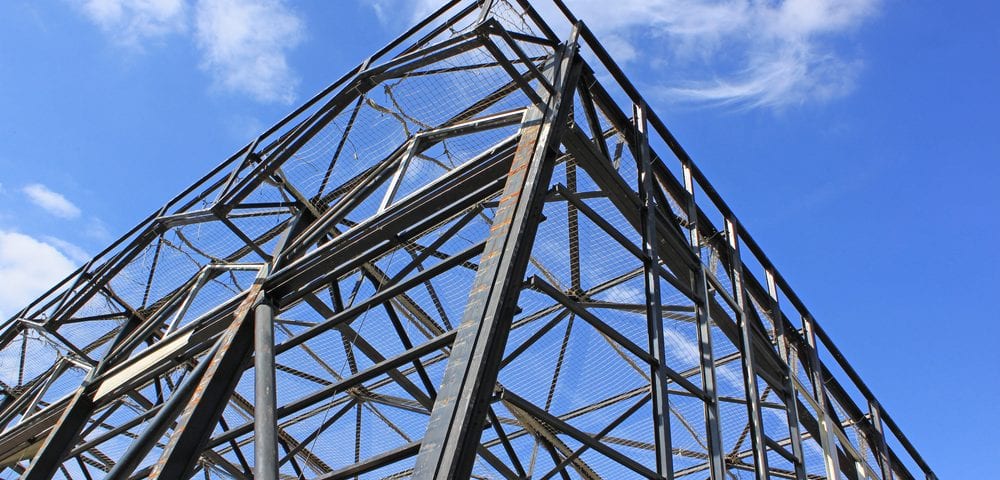Understanding Structural Steel Alloys and Shape Basics, Part 2

Understanding Structural Steel Alloys and Shape Basics, Part 1
December 27, 2019
Learning About the SAE Steel Grading System, Part 1
January 10, 2020In part one of this two-part blog series, we went over some of the basics on the alloys commonly used in structural steel beams. Structural steel is a vital product for many construction and related projects, serving as a foundation for many eventual buildings.
At Wasatch Steel, we offer a wide range of steel products and steel services for any of your project needs, from steel beam to steel tubing, bar and numerous other formats. Another major factor in which alloy is chosen for a given piece of structural steel is a variety of shape considerations that come into play during these situations – today’s part two will dig into several important shape factors that will be considered when choosing your alloy grade.
Angle Shape
Steel angle is a steel product format used for a variety of different applications, from general construction equipment to things like manufacturing and repair fields, metal fabrication and many farm implements. It’s known for its strength and rigidity, which is based on a 90-degree angled shape that helps reinforce the metal.
Steel angle can be found in several different specific alloy grades, including cold-rolled ASTM A-10008, galvanized A36 and hot-rolled ASTM-A36. Not only is it very strong, it’s also know to be very easy to cut, weld, form and machine, making it a viable option for multiple application types.
Channel Shape
Steel channel is a product with a mild structural C-shape, with inside radius corners meant to add strength and rigidity. It’s generally meant to be used for project loads that are vertical or horizontal, with simple qualities that allow it to be welded, cut, formed and machined in various ways.
It can be found in both cold-rolled and hot-rolled options, including both mild steel and ASTM-A36 formats. Some channels may be fabricated with radius corners, while others may be fabricated with 90-degree angled corners similar to steel angle.
Tee Shape
For applications involving major load-bearing needs, such as frame manufacturing, trailer production and metal fabrication, hot-rolled steel tee is often used. This product comes with a flange on top that offers stress resistance, plus a vertical web section that resists bending or shear stress. Like the others on this list, steel tee is easy to weld, cut, machine and form as needed.
Beam Shape
Finally, beams in an I-shape are great for load-bearing support in several circumstances. They’re common in the construction industry for projects like bridges or skyscrapers, where major load support is needed for safe completion of the job.
For more on structural steel alloy and shape types to consider for a major project, or to learn about any of our steel products or services, speak to the staff at Wasatch Steel today.



